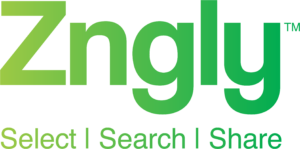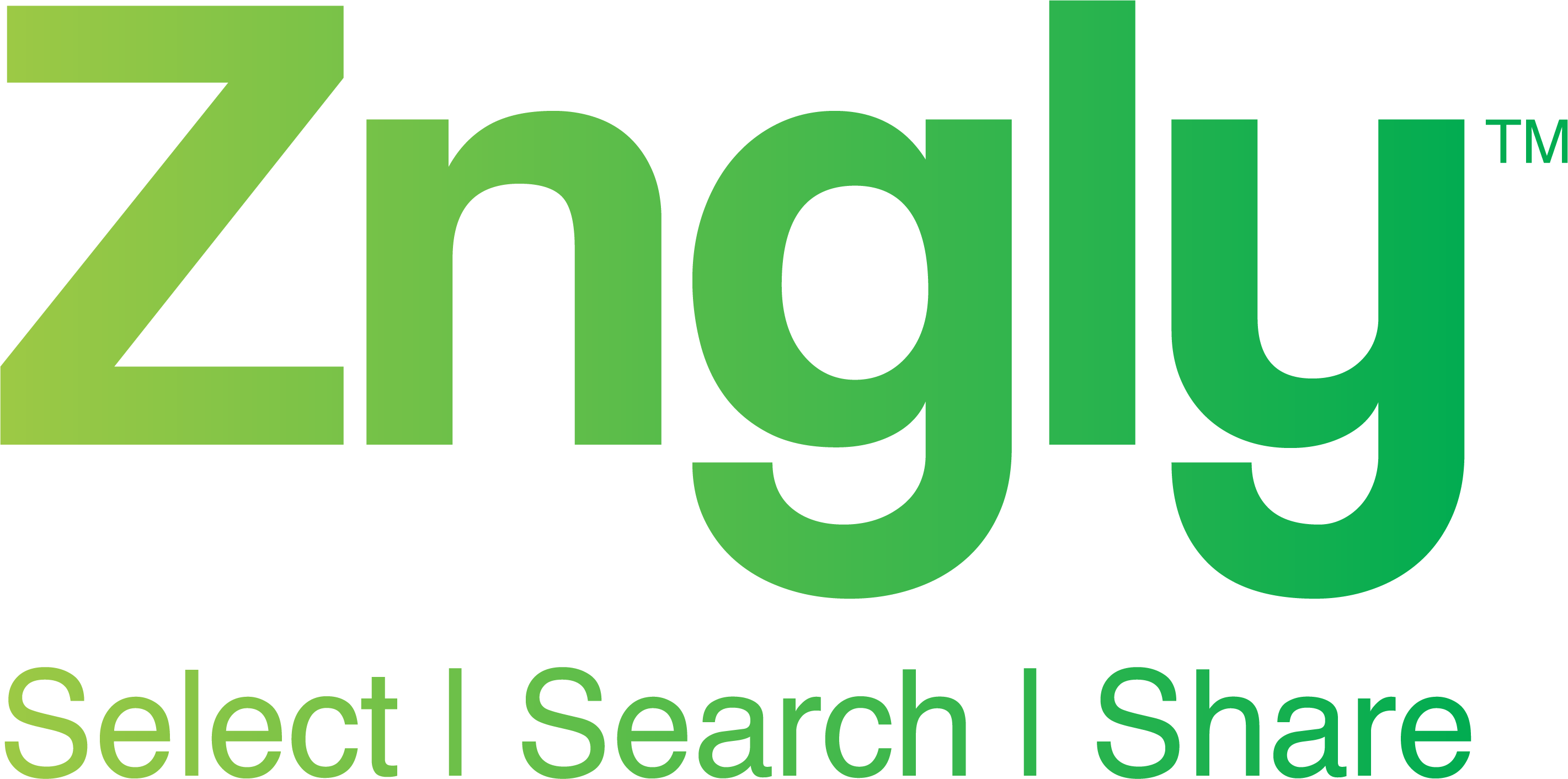Part 1
The future of content marketing

What is Content Marketing?
Over the last five or 10 years, digital transformation in B2B has served a single purpose: to make content marketing more effective and more cost-effective.
The focus was on bridging legacy systems, integrating product catalogues with the content platform, and enabling the creation of “customer experiences” in an omnichannel context.
Even for small to medium-sized B2B businesses, the implementation of customer experience projects takes many months, if not years, and requires a considerable commitment in terms of resources.
Although the goal as always is to make the business more agile, the means of achieving this ideal state of “agility” is usually costly and painstaking.
Omnichannel is now widely accepted by B2B businesses as the way forward but implementations are still weighted heavily towards the website, perhaps for good reasons. A breakdown[1] of more than 46 billion user sessions across 14 industries in 25 countries showed that B2B came second only to media for average time spent per page, at 82 seconds per page. This was a significant 20 seconds more per page than the next category, travel, and 30 seconds more than financial services.
The popularity of B2B webinars suggests that customers aren’t finding all the answers on the website which, in the majority of cases, is still only a shop window, not a shop. Other than at marketplaces, most B2B suppliers still sell through distributors, wholesalers, resellers, or retail outlets – each with their own website of course, and their own customer experiences.
[1] 2022 Digital Experience Benchmark Report, Contentsquare
Businesses are engaged in a digital arm’s race of ever increasing complexity; they would much prefer to get off this merry-go-round yet they don’t know how – and are inhibited by the fact that everyone else seems thoroughly invested in the customer experience paradigm.
The media platform Zngly offers a way out – or at the very least a respite from complexity, and the never-ending succession of digital projects. Zngly puts sales and marketing back on the front foot by enabling them to curate content and get it directly in front of the prospect, bypassing the websites.
This three-part blog explores the tortuous content landscape, and analyses how Zngly addresses pain points that persist, despite years of digital investment and transformation.
As we mentioned a moment ago, the new generations of B2B leaders prize the expertise and experience of webinars, and so this is where we shall start.
Supercharge your webinars
Webinars can be the gift that keeps on giving. A conversation between experts or seasoned B2B cadres is a more immediate way to get into a subject than (most) written content. The thought leadership is extended to include the attendees who are invited to ask questions. The Q&A part of a live webinar is often the most lively and eye-opening, as attendees reveal what is preoccupying the market – and the experts have to think on their feet to answer.
So webinars are good, and “webinars on demand” are good in theory – if only you could get people to demand them! In the rough and tumble of a busy working day, most B2B influencers and decision-makers don’t get around to doing this – even if the topic interests them.
This is why B2B marketers amplify the reach of their webinars by creating complementary collateral such as blogs, white papers, fact sheets, infographics, and follow-ups on social media. You can never quite tell which piece of content is going to hit the spot, so you have to be patient and wait for your audience to build.
Patience and consistency are particularly relevant in the financial sector, where sales cycles are very long. You have to keep the marketing drumbeat going by delivering this complementary content – and curate the webinar itself for targeted sales approaches.
And this is where marketers have a problem. If you have chosen an interesting topic and invited a good mix of expert voices, your webinar will be interesting. However, not every part of a wide-ranging discussion will be of interest to all your customers and prospects – even if they had the time to watch the discussion from beginning to end.
Posting a recording on YouTube removes the “on demand” barrier, but still requires the customer to work out which part(s) of the discussion are of interest to him, and then click through the timeline to get there. It’s not that your customers and leads are lazy; it’s that your splendid webinar is not a priority for them.
You have to make it easier for your customers – and pique their curiosity. This is what Zngly can do for you.
The platform boosts webinar views. The customer doesn’t have to ask for it; he doesn’t have to go from your website to his email inbox to download it, and he doesn’t have to parse it or “skim-watch it” to find the content that is relevant to him.
For the sales reps or marketers that curate the webinar, the process is also very intuitive. Zngly enables you to segment webinar content so it will start where you need it to start for a particular client. You can give the webinar a custom title and/or description, whatever you believe will resonate most strongly with the customer. You can send the webinar extract individually or as part of a Zngly list with other relevant collateral.
One click (no download) and your customer is immersed in the webinar discussion. Of course, there is nothing to stop him from watching the entire webinar once he has been hooked by the curated extract. But the initial approach will have been much more likeable and realistic. You have gone from a presumption (“Give us an hour of your time to watch a webinar that will at some point be of interest to you”) to an act of thoughtfulness (“We thought X’s views on Y might interest you and your colleagues. And here it is”).
We are not suggesting that traditional marketing approaches are brash or rude – not always anyway! But we all know that the decision whether to-watch-or-not-to-watch is on a knife’s edge – and that you must do everything within your power to improve your odds. With Zngly, you do that.
In the next instalment of our blog on content marketing we look at the future of PR and email campaigns


